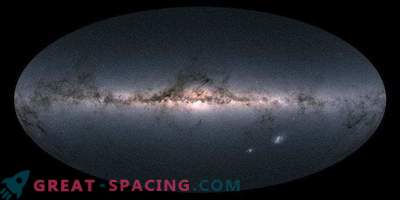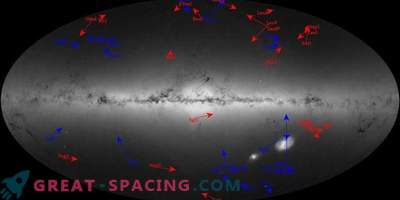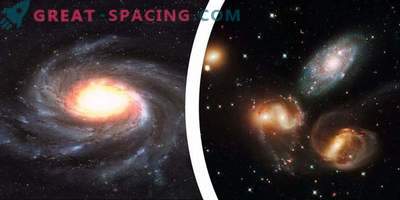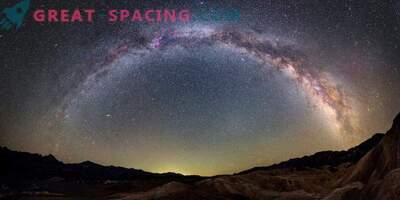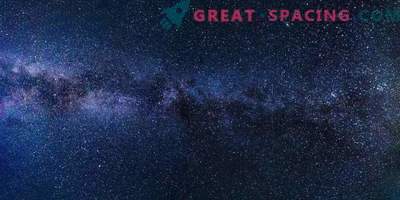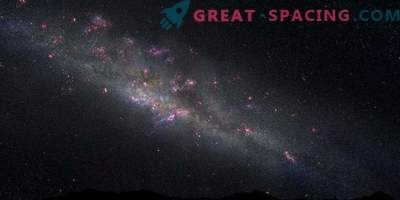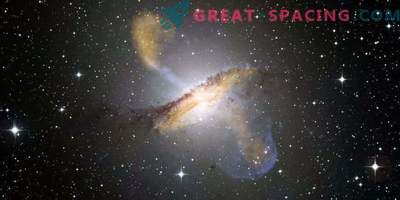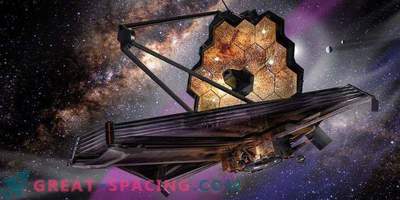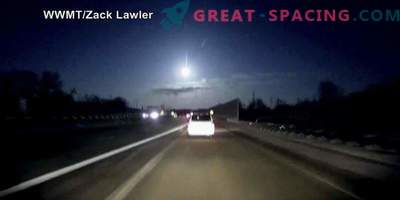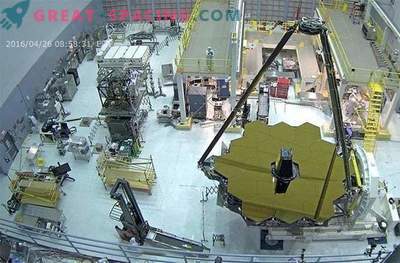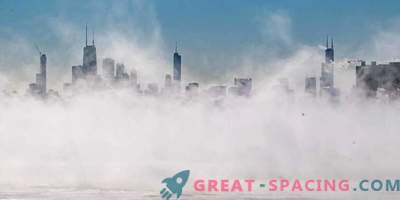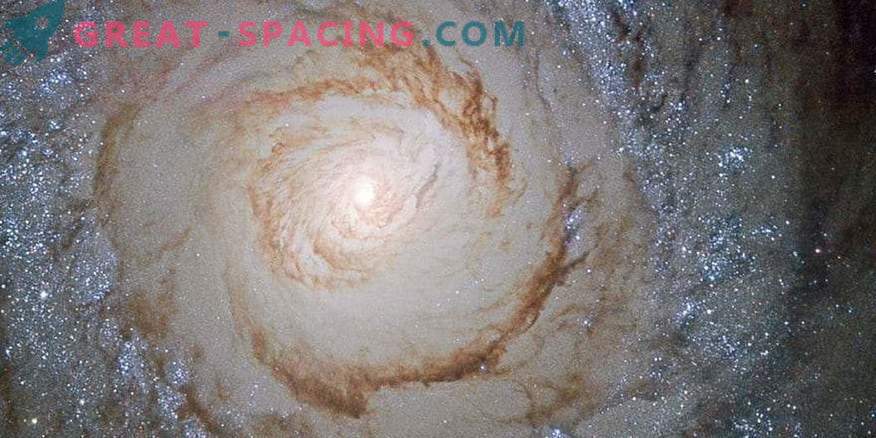
A long time ago, fewer galaxies appeared at a great distance than expected. And this event raises many questions regarding galactic physics. In a new study, scientists focused on satellite galaxies Messier 94, which resembles the Milky Way in size.
About 10 smaller neighbors live around our galaxy, each of which holds from a million to billions of stars. Subaru's powerful telescope allowed viewing a distant galaxy M94. New information will allow us to understand how galaxies form around the Milky Way, and to predict how many such ones can appear around M94.
M94 in size resembles the Milky Way, so scientists expected to find the same number of neighbors. However, it turned out that only two galaxies with a small stellar population live next to it. This is strange, because modern models of galactic formation are not able to create such a satellite system. These data influence the understanding of how galaxies appear, located in much larger haloes of dark matter.
Dark matter halos surrounding galaxies are endowed with tremendous gravitational force and are capable of pulling gas out of the immediate vicinity. Large galaxies, like the Milky Way, usually form a halo of approximately the same mass. But smaller satellite galaxies that appeared in the subgalo are not so reliable. In fact, the birth rate of high-mass stars in satellite galaxies modulates their growth. If the nascent satellite galaxy creates too many highly-massive stars at a time, then future supernovae can eject all its gas and stop growth. But astronomers are not sure at what size of the halo this “spread” in the galactic formation becomes significant.
New data on M94 indicate that the formation of galaxies in medium-sized dark halos may be more uncertain than previously thought. That is, the range of galaxies is capable of being higher. To track the number of galaxies around M94, the researchers created a composite image of a large galaxy that covered 12 square degrees of the night sky.
To test the technology, artificial neighbors were used, to which the search methods were applied, as for the real ones. Thus, it was possible to fix only two satellite galaxies. This is a new and unusual information that can improve our understanding of the functioning of the Universe.
